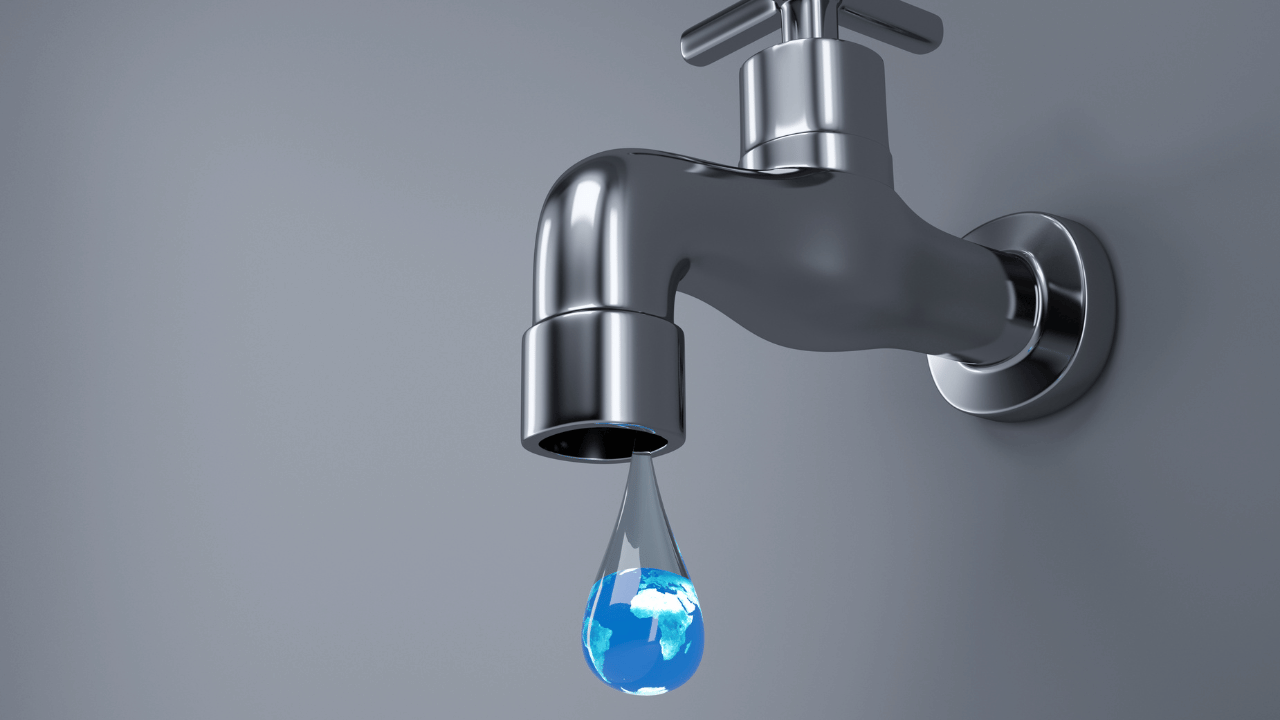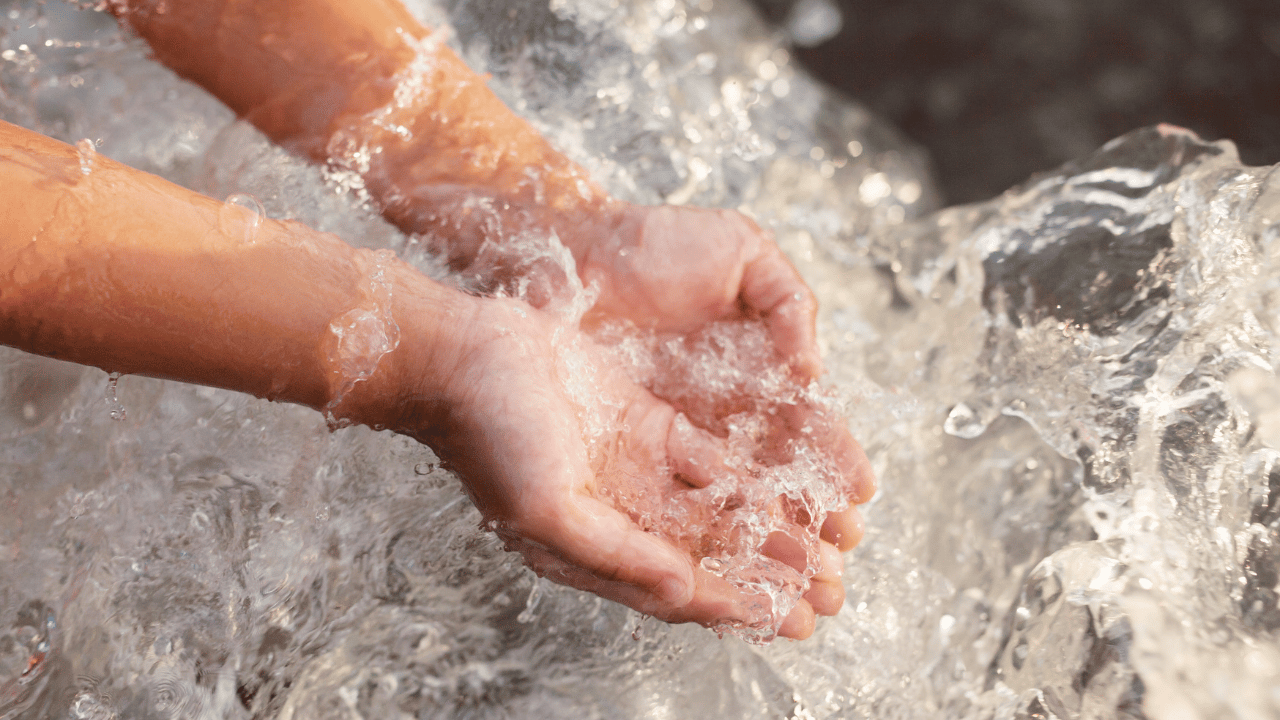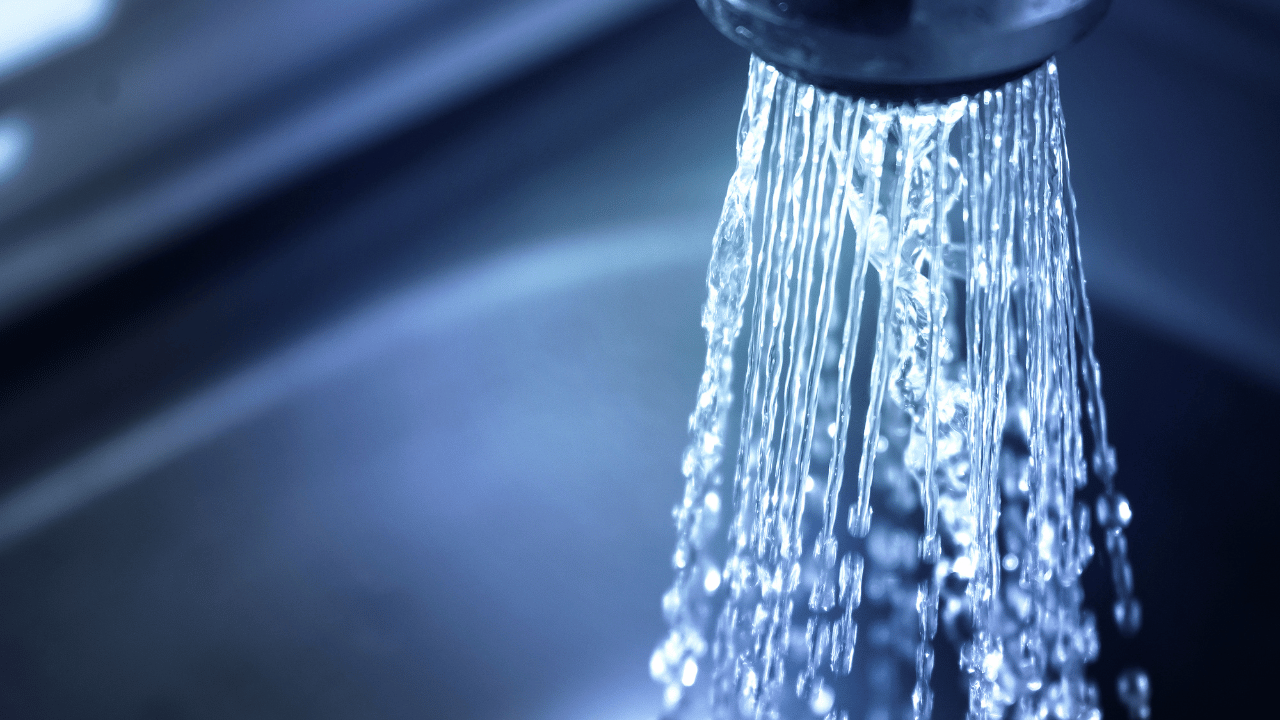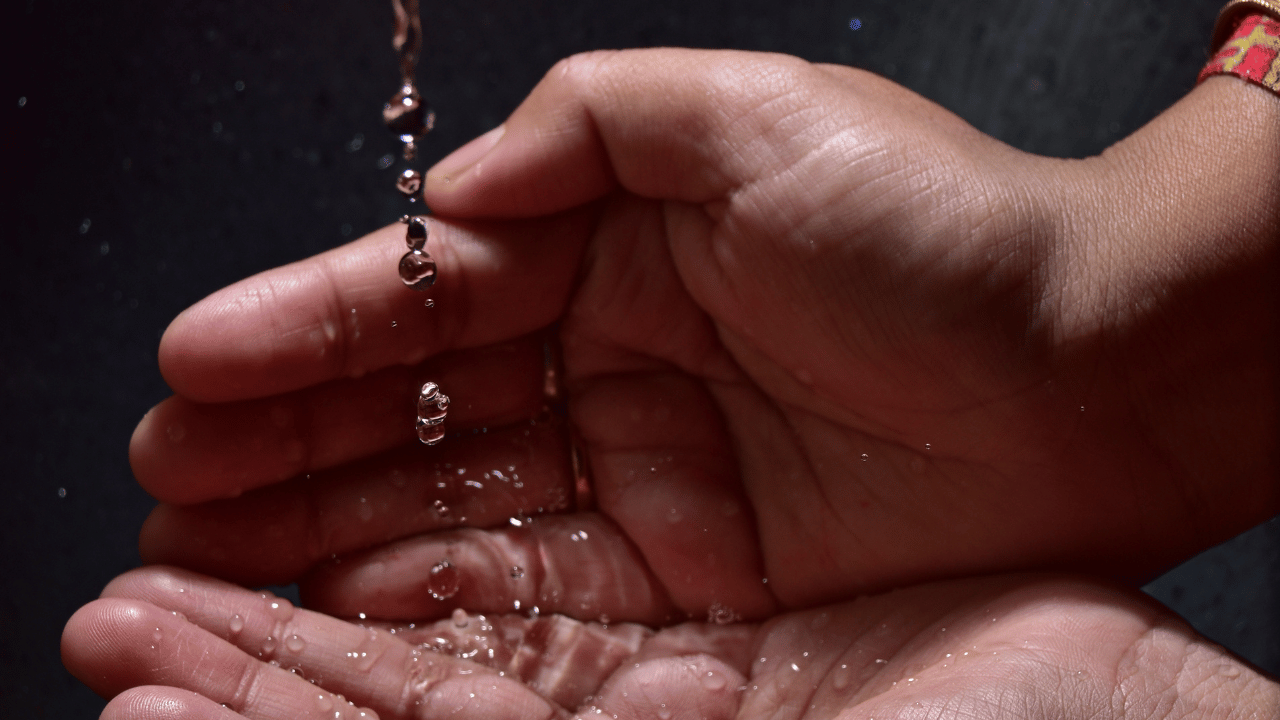Last Updated on September 7, 2023 by Pro Handyman Australia – Editorial Team
Beyond the essential role air plays in our survival, water stands as the subsequent most crucial element for sustaining life. Its limited nature emphasizes the urgency with which we must approach its conservation.
Facing The Reality of Water Scarcity:
If we don’t adopt responsible water management practices, we’re poised to face severe shortages soon. By embracing water conservation, we can significantly mitigate the risks of future deficits and ensure a stable supply for generations to come.
Tips on How You can Save Water

Water is a precious resource, and with a few mindful changes in our daily habits, we can significantly reduce wastage. Here are some efficient ways to save water:
1. Monitor Your Toilet: A simple test involving a few drops of food coloring in your toilet tank can reveal leaks. If the color seeps into the bowl without flushing, you might have a leak that’s wasting an alarming amount of water daily.
2. Rethink Toilet Habits: Refrain from using the toilet as a disposal system for cigarette butts or tissues. Every unnecessary flush consumes five to seven gallons of water.
3. Optimize Your Toilet Tank: Consider placing a weighted bottle filled with an inch of sand or pebbles, and the rest with water, inside your toilet tank. This can help save up to five gallons of water daily. If space allows, you might even be able to fit a second bottle.
4. Shower Mindfully: While showering, focus on efficiently soaping up, washing, and rinsing off. This can reduce the amount of water used, given that showers typically use five to ten gallons per minute.
5. Equip Your Shower: Inexpensive water-saving shower heads or flow restrictors can reduce your shower water flow. They are user-friendly and ensure that your showers remain as enjoyable as before.
6. Consider Taking Baths: Opt for a bath over a shower occasionally, ensuring the tub isn’t filled to the brim. This can often use less water than a long shower.
7. Conserve While Grooming: When brushing your teeth or shaving, turn off the tap. Use a glass of water for rinsing your mouth after brushing or fill the sink with a few inches of water for rinsing your razor during a shave.
8. Regularly Check for Leaks: Periodically inspect your faucets and pipes. Even minor drips can lead to a significant waste of water over time.
9. Efficient Dishwashing: Operate your automatic dishwasher only when it’s full. This not only conserves water but also reduces your utility bills.

10. Optimize Laundry Routines: Operate your automatic washing machine only when it’s fully loaded. Remember, each cycle uses approximately 30 to 35 gallons of water.
11. Smart Kitchen Practices: Instead of letting the faucet run while cleaning vegetables, fill a bowl or sink with clean water and rinse them there. Similarly, when hand-washing dishes, avoid leaving the water running continuously. If your kitchen has a dual sink, dedicate one side for rinsing. Otherwise, stack the washed dishes and rinse them using a spray device or by swiftly pouring water from a pan.
12. Refrigerate for Refreshment: Storing a bottle of drinking water in the refrigerator is an efficient way to have cool water on hand, eliminating the need to run the tap until it cools.
13. Vigilance Against Leaks: Regularly inspect your faucets and pipes for any leaks. Addressing even minor leaks promptly can save a significant amount of water. Often, a simple washer replacement can rectify the issue.
14. Lawn Care Essentials:
- Tailored Watering: Instead of a strict watering schedule for your lawn, adjust based on weather conditions. To test if your lawn needs water, step on the grass; if it quickly regains its shape after being pressed, it’s still hydrated.
- Deep Watering: Ensure that when you water the lawn, it’s done thoroughly, allowing moisture to penetrate to the roots. Surface sprinklings can result in wastage through evaporation.
- Timely Watering: Watering your lawn during cooler parts of the day, like early morning, is most effective and reduces fungal growth risks. Evening watering can sometimes promote fungal diseases.
- Precision in Placement: Aim sprinklers so they water only the garden or lawn, not the streets, sidewalks, or gutters. Also, on windy days, postpone watering to prevent water loss to the surroundings.
15. Opt for Drought-Resilient Greenery: There’s a myriad of stunning trees and plants that flourish with minimal water. Integrating these into your landscape not only beautifies your surroundings but also ensures sustainability.
16. Mulching for Moisture Retention: Applying a layer of mulch around trees and plants isn’t just about aesthetics; it acts as a barrier, reducing moisture evaporation and ensuring that your plants stay hydrated for longer periods.
17. Efficient Cleaning Practices: When tidying up driveways, sidewalks, or steps, opt for a broom instead of a hose. The latter can result in the wastage of several gallons of water. Adopt this small change and notice a significant reduction in your water consumption.
18. Eco-friendly Car Wash Techniques: While washing your vehicle, refrain from continuously running the hose. Instead, use water from a bucket to soap down your car, and employ the hose solely for rinsing purposes.
19. Educate the Young Ones: While the allure of playing under a hose or sprinkler on a warm day might be irresistible for children, it’s essential to enlighten them about the value of water. Encourage alternative fun outdoor activities that don’t involve water wastage.
20. Vigilance in Outdoor Maintenance: Regularly inspect outdoor pipes, hoses, faucets, and couplings for any signs of leaks. While outdoor leaks might not seem immediately detrimental since they don’t damage your interior or disrupt your sleep, they can be significant contributors to water wastage, especially if they’re in the main water line. Keeping a periodic check can prevent these unnoticed water losses.
21. Sprinkler Savvy: Embrace Alternative Watering Techniques Having a garden doesn’t mean your sprinklers need to be on round-the-clock. In fact, there are multiple efficient ways to nourish your garden without them. Consider investing in a water butt, which collects and stores rainwater throughout the year. Alternatively, reusing cooking water is a fantastic method, and it’s packed with nutrients that your plants will adore.
22. The Washing-Up Bowl: A Water-Saver’s Best Friend When it comes to washing dishes, consider ditching the constantly running tap. Instead, fill a bowl with water and start by cleaning the least soiled items first. This approach not only conserves water but also reduces the need to refresh the water frequently, proving to be much more efficient than washing each item directly under a running tap.
23. Be Leak-Aware: Simple Fixes, Significant Savings It’s crucial to regularly inspect your taps for leaks, whether it’s a noticeable drip or a concealed leak under the sink. Many water companies offer complimentary ‘leak strips’ that can be placed in the toilet bowl. These strips change color if they detect a leak, providing an early warning sign. Addressing a leak promptly not only conserves water but is also typically an easy fix, with numerous online tutorials available to guide you.
24. Maximize Efficiency with Low Flow Aerators For those looking to optimize their water usage, installing low flow aerators on taps and showers can be a game-changer. These affordable devices aerate your water, ensuring that you enjoy consistent water pressure while consuming less. Check with your local water provider; they might offer these aerators at no cost.
Conclusion

In a world increasingly characterized by unpredictable climate patterns and dwindling natural resources, the pertinence of water conservation cannot be understated. Each droplet saved today has a cascading effect on the wellbeing of our planet and its future generations. The tips for saving water provided throughout this blog aren’t just simple lifestyle alterations; they are the building blocks for a sustainable future.
Water, often called the elixir of life, is a resource many take for granted due to its apparent abundance. However, with global population growth and increasing demand, this invaluable resource is quickly becoming scarce. When we delve deeper into the importance of every drop, we realize that conserving water isn’t just about reducing monthly utility bills or even just about being environmentally conscious. It’s about ensuring that there’s enough to sustain life, agriculture, economies, and ecosystems.
Implementing even a fraction of the suggested water-saving tips can lead to significant water savings, which, when magnified on a global scale, can translate to billions of gallons of water conserved. These small acts not only help maintain a balance in local ecosystems but also act as a buffer against water shortages and droughts. By being judicious with our water use, we’re not only securing our present but also safeguarding the future for those who come after us.
The adage ‘Think globally, act locally’ resonates deeply with water conservation. The onus is on each of us, as responsible citizens of Earth, to play our part. It’s time to view water conservation not just as an act of saving water but as an ethos we integrate into every facet of our daily lives. Let’s ensure that the ripple effect of our water-saving actions today leads to waves of positive change for tomorrow.
